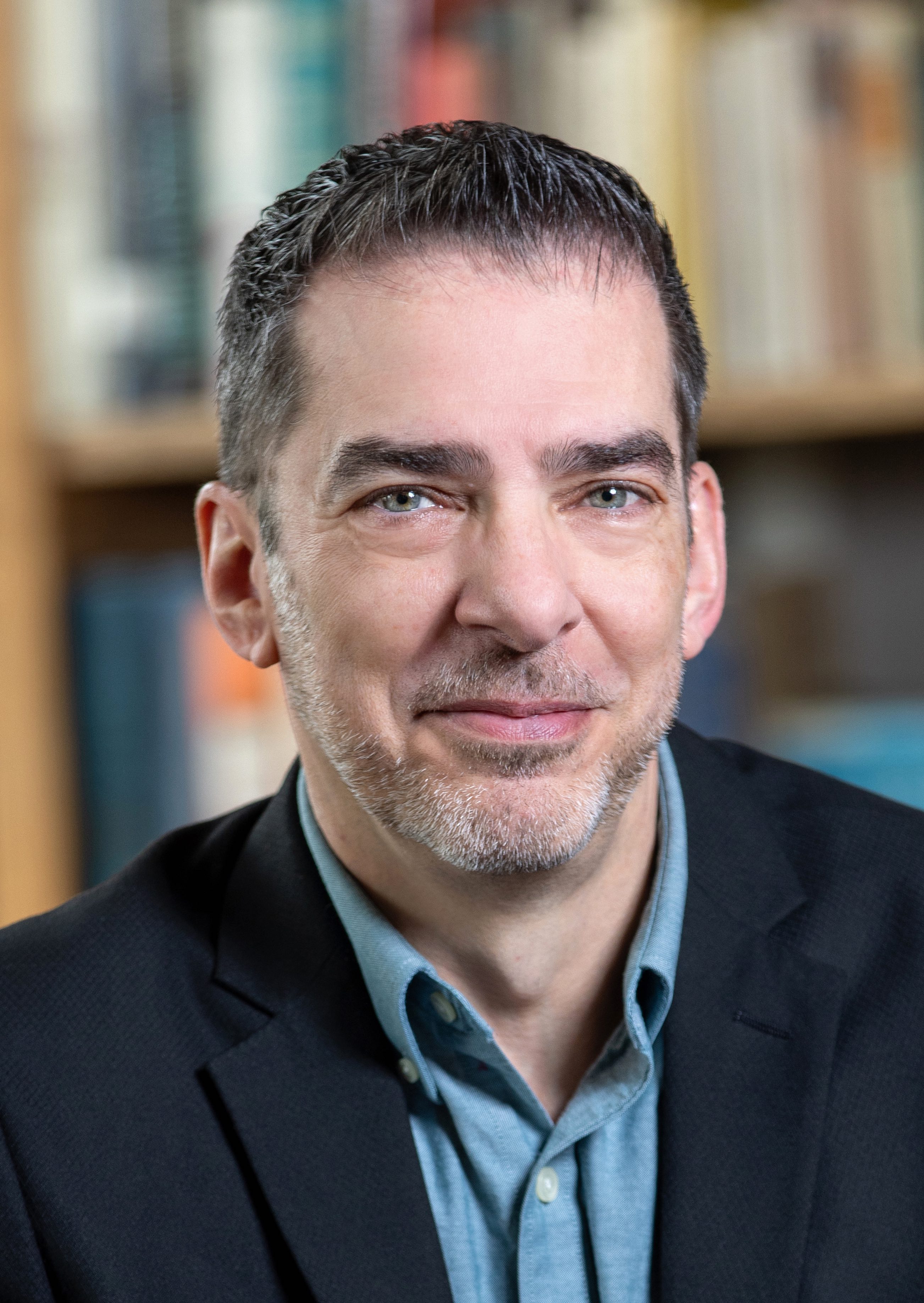CREATIVE PROBLEM SOLVING
This site is for practitioners, new and experienced, of the Creative Problem Solving (CPS) process and tools.
WHAT IS CREATIVE PROBLEM SOLVING?
CPS is a form of deliberate
creativity: a structured process for solving problems or finding opportunities,
used when you want to go beyond conventional
thinking and arrive at creative (novel and useful) solutions.
WHO ARE OSBORN AND PARNES?
In the 1950s, advertising executive Alex Osborn studied creative people to see how they came up with ideas and creative solutions. He called the process he observed “creative problem solving,” and documented it in his seminal book, Applied Imagination.
Osborn’s work soon caught the attention of a college professor who wanted to study and extend the work. Sidney Parnes, Ruth Noller, and their colleagues provided the academic scrutiny that confirmed that CPS works, that it can be taught, and that people can learn to improve the way they think and solve problems.
There are many processes that use the term "creative problem solving" that are not based on the work of Osborn and Parnes. Generally, when the name is written with capital letters ("Creative Problem Solving") or abbreviated "CPS," the work is based on the Osborn-Parnes model.
WHO OWNS CPS?
Unlike proprietary methodologies, no one owns CPS. Osborn put CPS into the public domain so that people could use it. He did not feel as if he owned it; everyone owned it, and anyone should be able to use it.
More than 60 years later, CPS is known and used worldwide, by hundreds of companies and professional practitioners, and thousands of individuals. Expansion and research continues. CPS is the cornerstone of the Osborn-founded Creative Education Foundation (CEF), and CEF’s annual conference, the Creative Problem Solving Institute; and CPS is at the core of the M.S. in Creativity from the Center for Applied Imagination at Buffalo State University.
Because no one owns CPS – it is a kind of open-source project – it has been researched and refined, extended and enhanced, for more than 60 years. The beneficiaries? Any of us who choose to use CPS today.
A WORD ABOUT TERMINOLOGY
A side effect of the continuing study and development of CPS is that the terminology - what the stages are called, primarily - can change from one model to another. These changes tend to be author/practitioner preference, and are not material changes. This site uses the terminology developed by Paul Reali, with stages that are consistent with the latest thinking on CPS. (For more information, see the column to the right.)
BUT MORE IMPORTANTLY, IS IT A PROCESS OR NOT?
The word "process" implies, perhaps, that CPS is performed step by step. In actual practice, it's more organic. Yes, there are times when one might step through a fuzzy situation all the way (using the OmniSkills terminology) from "Imagine the Future" to "Plan for Action." More likely, though, you will "enter the process" wherever you need to be based on where you are in your problem-solving situation.
For example, if you have a clearly-articulated vision, you might begin with Finding the Question. Or, if you already have the question (that is, a clearly defined problem), you might begin with Generating Ideas. Generally, there are conditions that should be satisfied before you attempt any stage (for example, it's not all that sensible to generate ideas for a problem you can't clarify), but you are never required to do anything except whatever you need.




